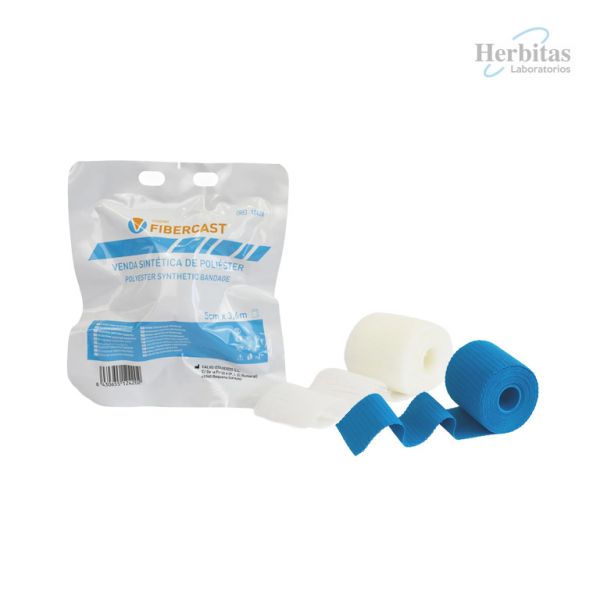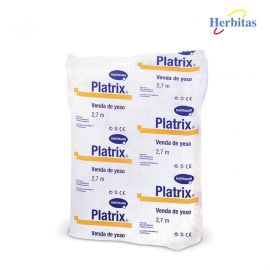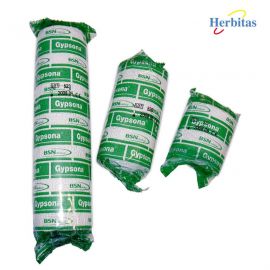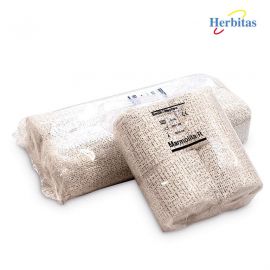Polyester Synthetic Bandage
Only %1 left
SKU
-
Immobilization bandages. Synthetic polyester bandages designed for the immobilization of fractures, sprains, strains, etc.
Box of 10 units (bags), with 1 bandage per bag.
Color: white / blue
Size:
- Ref.12.261.2: 7.5 x 3.6 cm
- Ref.12.261.3: 10.0 x 3.6 cm
- Ref.12.261.4: 12.5 x 3.6 cm
From
€5.02
Description
SYNTHETIC BANDAGES POLYESTER
Synthetic bandages polyester prevent fractured or injured bones from moving so they can heal properly.
They support the muscles of injured limbs to reduce pain and inflammation, avoiding the pressure exerted by traditional bandages.
Ideal for mold making instead of traditional plaster.
Lighter, stronger, cleaner.
INDICATIONS FOR USE OF POLYESTER SYNTHETIC BANDAGES:
- Medical device: Class I
- Designed for the immobilization of fractures, sprains, strains, etc.
- Great adaptability with multidirectional stretch.
- High impact resistance and durability.
- Moisture resistant, lightweight, and easy to remove.
- Latex-free and with excellent X-ray translucency.
TECHNICAL CHARACTERISTICS:
- ELASTICITY: multidirectional.
- COLOR: white / blue.
- COMPOSITION: polyester fiber and polyurethane resin.
- DIMENSIONS: 7.5 x 3.6 cm; 10 x 3.6 cm; 12.5 x 3.6 cm;
- CONTENT: box of 10 units (sachets), with 1 elastic bandage per sachet.
INSTRUCTIONS FOR USE:
- Wear gloves and take precautions to avoid the resin coming into contact with skin, hair, or clothing.
- Apply plaster protection to the affected area.
- Select the appropriate size and open the package.
- Immerse the roll in water at 20-25 ºC for 3-5 seconds, squeezing 3-4 times to ensure the water fully penetrates.
- Squeeze out excess water.
- Roll in a spiral overlapping each turn by 1/2 or 2/3 of the width.
- Rub and smooth the surface to ensure good contact between layers.
- Allow 20 minutes to achieve functional strength.
STORAGE:
- Store in a cool, dry environment between 15 and 30 ºC.
- High or low temperatures may affect the 3-year shelf life from the date of manufacture.
- Avoid shocks and damage to the packaging to prevent premature hardening.







